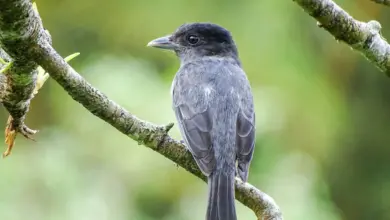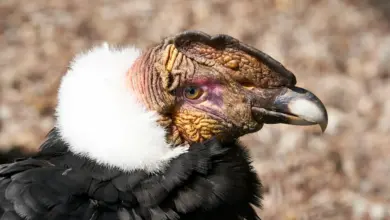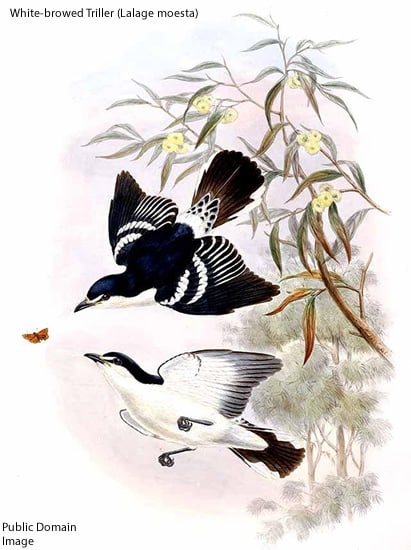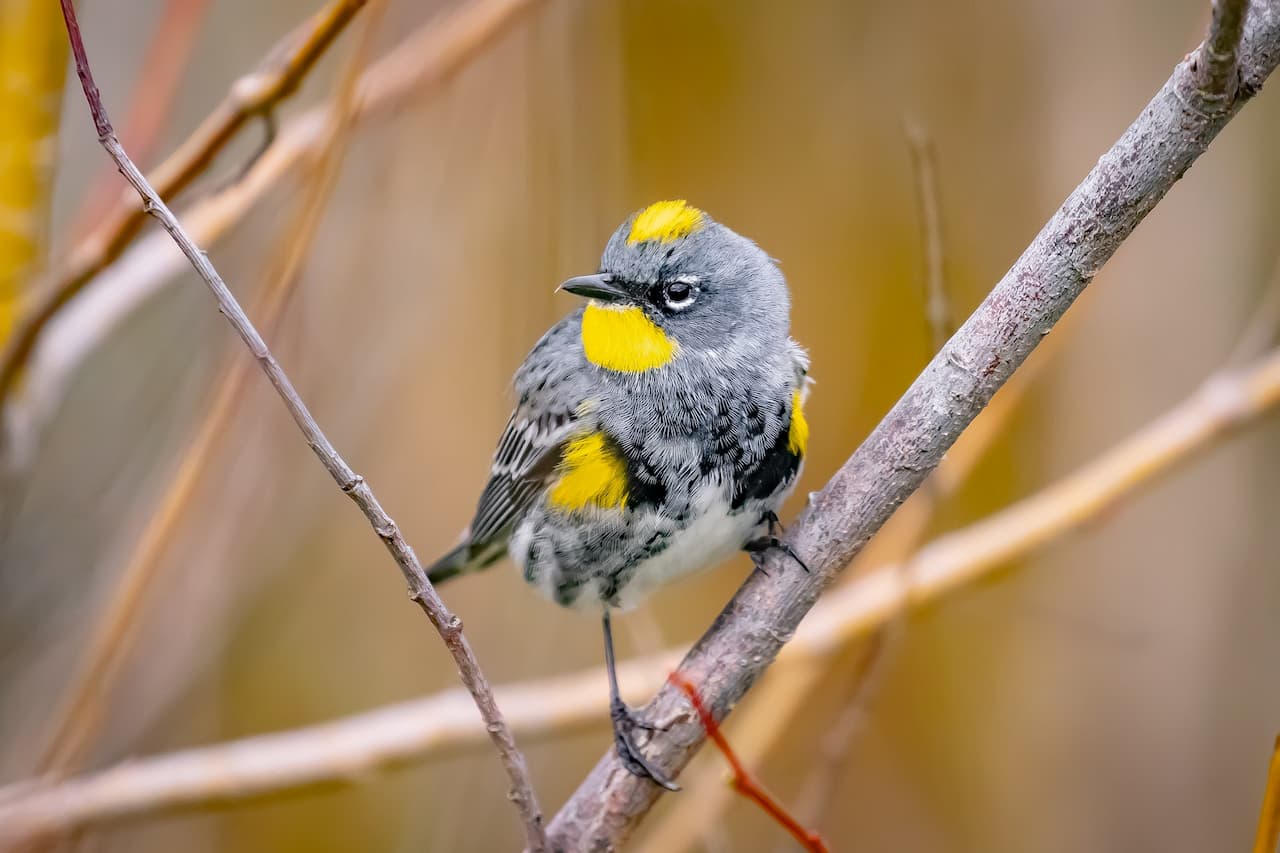Curlews
Curlews is the common name for the bird genus Numenius, a group of eight wader species, characterised by a long slender downcurved bill and mainly brown plumage with little seasonal change.
In Europe, “Curlew” usually refers to one species, the Eurasian Curlew Numenius arquata.
The stone curlews are not true curlews (family Scolopacidae) but members of the family Burhinidae, which is in the same order Charadriiformes, but only distantly related within that.
Diet / Feeding
Curlews feed on mud or very soft ground, searching for worms and other invertebrates with their long bills. They will also take crabs and similar items.
Recognized Species
- Whimbrel Numenius phaeopus
- Slender-billed Curlew Numenius tenuirostris – critically endangered, possibly extinct (early 21st century?)
- Eurasian Curlew Numenius arquata
- Long-billed Curlew Numenius americanus
- Far Eastern Curlew Numenius madagascariensis
- Little Curlew Numenius minutus
- Eskimo Curlew Numenius borealis – critically endangered, possibly extinct (early 2000s?)
- Bristle-thighed Curlew Numenius tahitiensis
The Upland Sandpiper (Bartramia longicauda) is an odd bird which is the closest relative of the curlews (Thomas, 2004). It is distinguished from them by its yellow legs, long tail, and shorter, less curved bill.




